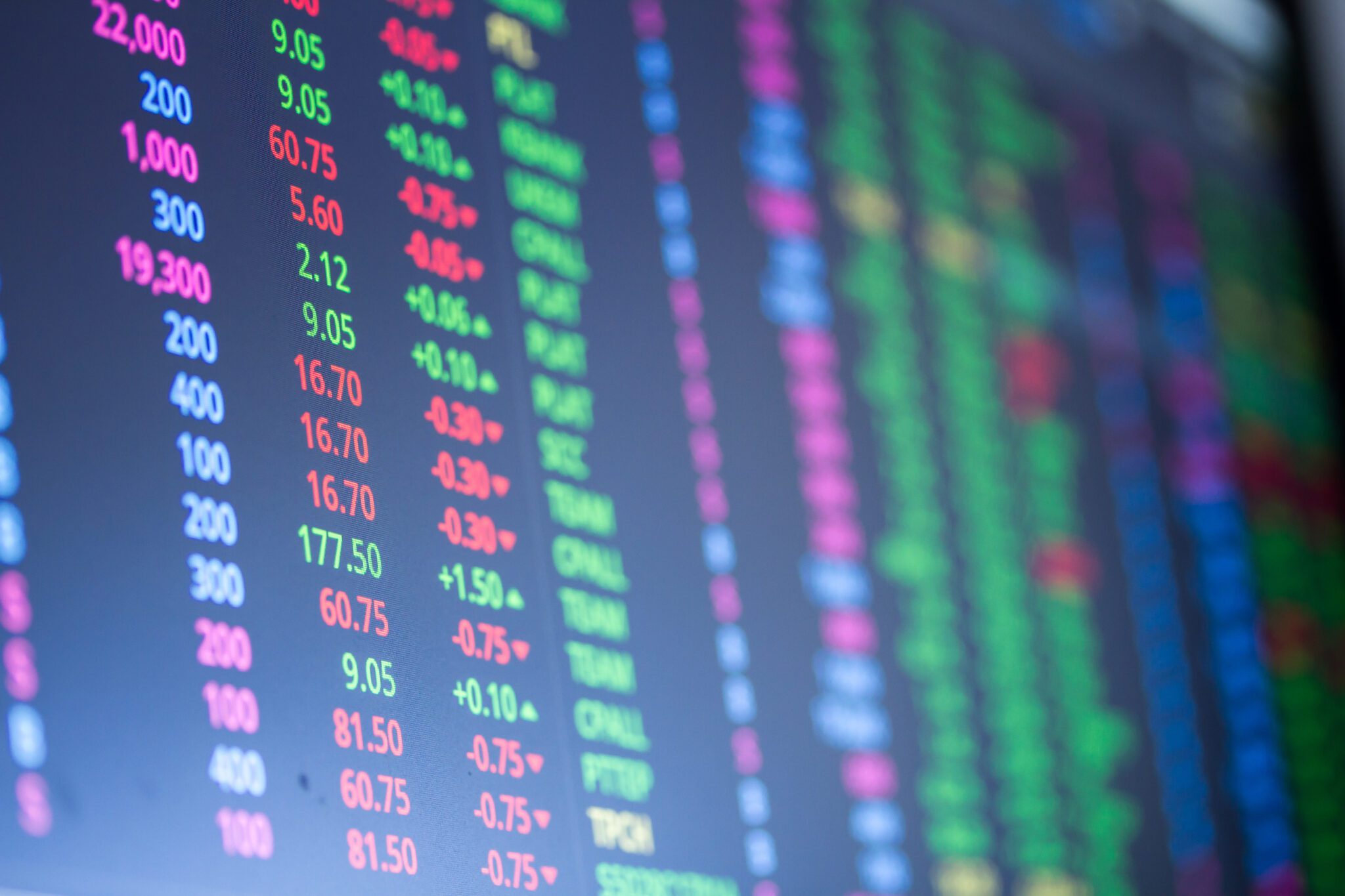by Adam Jones
As 2022 draws to a close we wanted to briefly highlight the exceptional uncertainty in investment markets as we head into 2023. We retain a cautious stance in portfolios overall but also see compelling arguments as to why things might turn out to be far less gloomy than seems widely expected.
Despite global PMI’s stabilising but still being in contractionary territory in November, December ISM Services data pointed to a very robust US consumer, whose confidence in spending has apparently yet to be curtailed by tighter monetary policy. Except for housing there appear few signs of restraint in broader US activity, giving rise to suggestions that the lag in monetary policy effectiveness may be longer than originally thought (and may not be evident until the end of H1’23). Recent declines in both oil prices and headline inflation data might also provide additional support for ongoing strength in consumption trends.
 Source: Hottinger Investment Management / Refinitiv Datastream
Source: Hottinger Investment Management / Refinitiv Datastream
In China, zero-covid policies have weighed on economic sentiment so much that recent street protests have led to a relaxation in policy that saw the Hang Seng index in Hong Kong become the strongest performing equity market in November, although most of these gains have since been erased given the recent uptick in new cases. On the economic front, one of the metrics we follow closely is known as the ‘credit impulse’ which simply measures the growth in new credit being provided to an economy relative to its GDP. In China the credit impulse has risen materially over the past few months and has historically led expansions in the global monetary base as defined by M2 (a measure of money supply which includes both cash deposits and instruments which are easily convertible into cash). While we do not consider ourselves to be explicit monetarists, it is interesting to note that expansions in global M2 have themselves tended to lead many of the major business cycle indicators such as manufacturing and output.
Should inflation continue to dissipate as global economies stabilise, this dynamic could turn out to be very supportive for risk assets in general. In this scenario investors, whose perspectives are almost universally bearish according to some measures of sentiment, are potentially at risk in being under-allocated to global equities.
This is the period when strategists and economists publish their forecasts for 2023 and Absolute Strategy Research (one of Hottinger’s key research partners) are not alone in believing that core inflation in US and Europe will be below 3% by the end of next year. Supply chains have generally normalised, the tightness of the labour market has not led to a wage spiral, falling commodity prices, and falling housing costs all combine to create a disinflationary trend. Central banks tend to be slow to cut rates, preferring to see consistently worse data and we believe there is a possibility that there are demographic changes involving retiring baby-boomers that could keep the labour market tighter than expected and over a longer transition period.

Source: Hottinger Investment Management / Refinitiv Datastream
Looking at corporate bond markets we also note that despite US high yield credit outperforming investment grade credit this year (even while lower-rated credit spreads have doubled), overall spreads remain well below levels witnessed in prior periods of forthcoming recession. We believe part of the explanation for this dynamic is that many businesses took advantage of exceptionally low refinancing rates post-Covid in 2020 to lock in lower rates over longer time frames (and hence significantly extended the maturity profile of their debt). If this is the case, then it stands to reason that a tighter monetary policy environment is likely to exert less of an effect on the corporate sector than it may have done historically.
The counterargument to this more optimistic view of 2023 is that savings rates in the developed world have now fallen back to (and in some cases below) pre-Covid levels in many countries. When coupled with recent witnessed spikes in credit card spending data this suggests a growing need for consumers to supplement the cost of living through short term finance. This is not typically a sustainable trend over any reasonable period, and we speculate may be a contributing factor to the weakness in US November retail sales last week.
 Source: Hottinger Investment Management / Refinitiv Datastream
Source: Hottinger Investment Management / Refinitiv Datastream
So, while global equities may have rallied approximately 10% over the last 2 months our baseline view remains that this represents a bear market rally. Equity and credit markets appear unwilling to price a more recessionary earnings outlook and cyclical sectors have barely underperformed more defensive sectors. It is only government bond markets which strongly suggest a forthcoming recession, with the yield curve having now inverted by more than 70bps (that is to say that 2yr bond yields are now greater than 70bps lower than 10y yields). In our opinion there are inconsistencies in 2023 forecasting based on the idea that investors have no reliable evidence of the monetary policy lag that will likely catalyse recession.
At the crossroads there are several scenarios, ranging from a soft landing to long and variable monetary policy lags causing a deep recession in 2023. The distribution of potential outcomes remains exceptionally wide due to high levels of prevailing uncertainty. Indeed, the last time an inflationary environment required so decisive a tightening cycle as that we have recently witnessed was back in the early eighties. We would argue that the global economy has evolved markedly since then in terms of demographics, labour market structure, global trade, technology, information dissemination and the implementation of monetary policy itself (forward guidance as an example). Such comparisons are therefore difficult and potentially misleading.
We remain cautious at this point, with an asset mix in favour of quality over cyclical growth, a preference for strong balance sheets, high cash flow yields and low levels of gearing with an overweight position in cash and government fixed income, where rates have become attractive for the first time in many years. We believe that despite a level of prevailing pessimism the spectrum of potential outcomes may lead to increased volatility and swift market reactions that would make disengaging from markets in a meaningful way a risky strategy for the long-term investor.




















